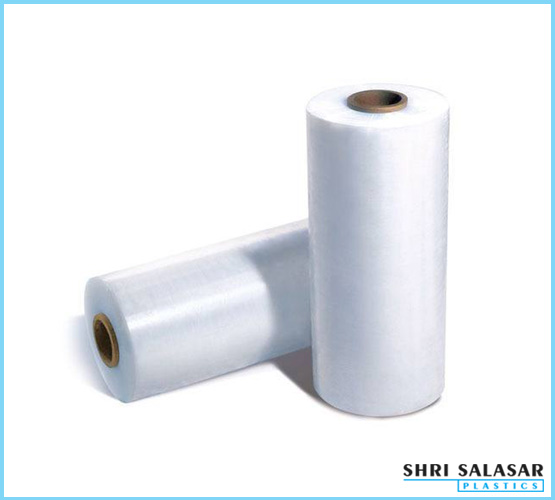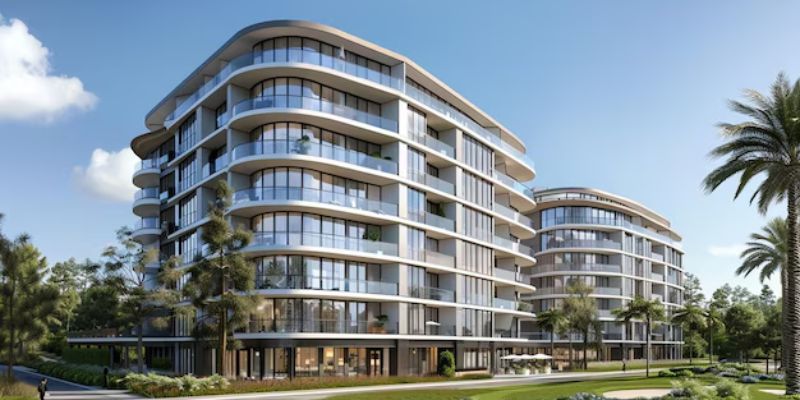LDPE (Low-Density Polyethylene) film rolls are widely used in packaging, agriculture, and industrial applications due to their flexibility, durability, and cost-effectiveness. The expected lifespan of LDPE film rolls depends on various factors such as usage conditions, environmental exposure, and storage methods. Here’s a detailed breakdown:
Key Factors Affecting LDPE Film Lifespan
-
Environmental Exposure
- UV Radiation: Prolonged exposure to sunlight can degrade LDPE, leading to brittleness and loss of flexibility. However, UV-stabilized LDPE films can last longer in outdoor applications, typically 2 to 3 years under continuous sun exposure.
- Moisture and Humidity: LDPE is inherently waterproof, making it highly durable in wet environments. It resists degradation in humid conditions, with minimal impact on its lifespan.
- Temperature Extremes: LDPE performs well in temperatures ranging from -50°C to +80°C. However, exposure to higher temperatures over time can accelerate degradation.
-
Mechanical Stress
- Frequent stretching, bending, or tearing can weaken the film. In typical packaging or covering uses, LDPE can endure for months to a few years, depending on the stress levels.
-
Chemical Exposure
- LDPE is resistant to many chemicals, including acids, bases, and oils. However, prolonged exposure to strong oxidizing agents may reduce its durability.
-
Thickness and Quality
- Thicker films (e.g., 100 microns or more) offer better durability and lifespan compared to thinner films (below 50 microns).
- High-quality LDPE rolls with fewer impurities and consistent manufacturing standards tend to last longer.
Expected Lifespan by Application
| Application | Lifespan | Comments |
|---|---|---|
| Packaging (Industrial/Food) | 6 months to 1 year | Short-term use for product protection and transport. |
| Agricultural Mulching Film | 1 to 2 years (UV-stabilized) | Designed to withstand outdoor conditions. |
| Construction (Moisture Barriers) | 5 to 10 years or more | Used in protected environments like under concrete. |
| Greenhouse Film | 2 to 3 years (UV-stabilized) | Lifespan depends on exposure to sunlight and weather. |
| General Outdoor Covers | 1 to 3 years (UV-stabilized) | Non-UV films degrade within months outdoors. |
| Industrial Liners (e.g., ponds) | 5 to 15 years | Thick LDPE liners, with minimal UV exposure, last longer. |
Maximizing LDPE Film Roll Lifespan
-
Use UV-Stabilized Variants
For outdoor applications, opt for LDPE films with UV stabilizers to slow down photo-oxidative degradation. -
Proper Storage
- Store rolls in cool, dark, and dry conditions.
- Avoid direct exposure to sunlight, heat, or sharp objects that may puncture or damage the film.
-
Thickness Selection
- Choose thicker films for applications requiring long-term durability or exposure to mechanical stress.
-
Regular Inspection and Maintenance
- In permanent or semi-permanent applications, inspect periodically for signs of wear, brittleness, or cracks and replace as needed.
Signs of Degradation
- Yellowing or Discoloration: Indicates UV exposure and early-stage photo-degradation.
- Brittleness or Cracks: Reduced flexibility and tensile strength.
- Surface Roughness or Pitting: Evidence of chemical or environmental damage.
In-Depth Look at LDPE Film Roll Durability and Lifespan
LDPE film rolls are popular due to their versatility, but their lifespan can vary significantly depending on several nuanced factors. Let’s explore more details about the durability and expected longevity across different applications, innovations in the field, and best practices.
Detailed Lifespan Estimates by Specific Use
-
Industrial Packaging
- Shrink Wrap & Stretch Films:
- Lifespan: Typically 6 months to 1 year.
- Use Case: Protects products during storage and transit but is usually disposed of after single use.
- Shrink Wrap & Stretch Films:
-
Construction and Infrastructure
- Moisture Barriers (e.g., Under Slabs):
- Lifespan: 5 to 15 years or more, as it’s protected from UV and mechanical wear under layers of concrete or soil.
- Use Case: Prevents water seepage and dampness in buildings.
- Temporary Dust Barriers:
- Lifespan: 6 to 12 months, used during construction or renovation projects.
- Moisture Barriers (e.g., Under Slabs):
-
Agriculture and Horticulture
- Greenhouse Films:
- Lifespan: 2 to 3 years with UV stabilization.
- Use Case: Provides temperature control and protection from weather elements in controlled growing environments.
- Mulch Films:
- Lifespan: 1 to 2 seasons (usually less than a year).
- Use Case: Suppresses weeds, retains moisture, and improves crop yield. Degradation may be faster under harsh sunlight if not UV-stabilized.
- Silage Films:
- Lifespan: 6 months to 1 year.
- Use Case: Ensures proper fermentation and storage of silage for livestock feed.
- Greenhouse Films:
-
Waste Containment and Industrial Liners
- Landfill Liners and Pond Liners:
- Lifespan: 5 to 20 years, depending on thickness and UV exposure. If covered or buried, lifespan is closer to the higher end.
- Use Case: Prevents seepage of hazardous substances into the soil.
- Landfill Liners and Pond Liners:
-
Retail and Consumer Packaging
- Food Packaging Films:
- Lifespan: Short-term use, typically weeks to months for shelf life preservation.
- Use Case: Protection against moisture and contamination for perishable goods.
- Food Packaging Films:
Conclusion
The lifespan of LDPE film rolls can range from a few months to over a decade, depending on their application, exposure, and handling. By selecting the right type of LDPE (UV-stabilized, thicker gauge) and ensuring proper storage, you can maximize its durability and performance in various environments.




